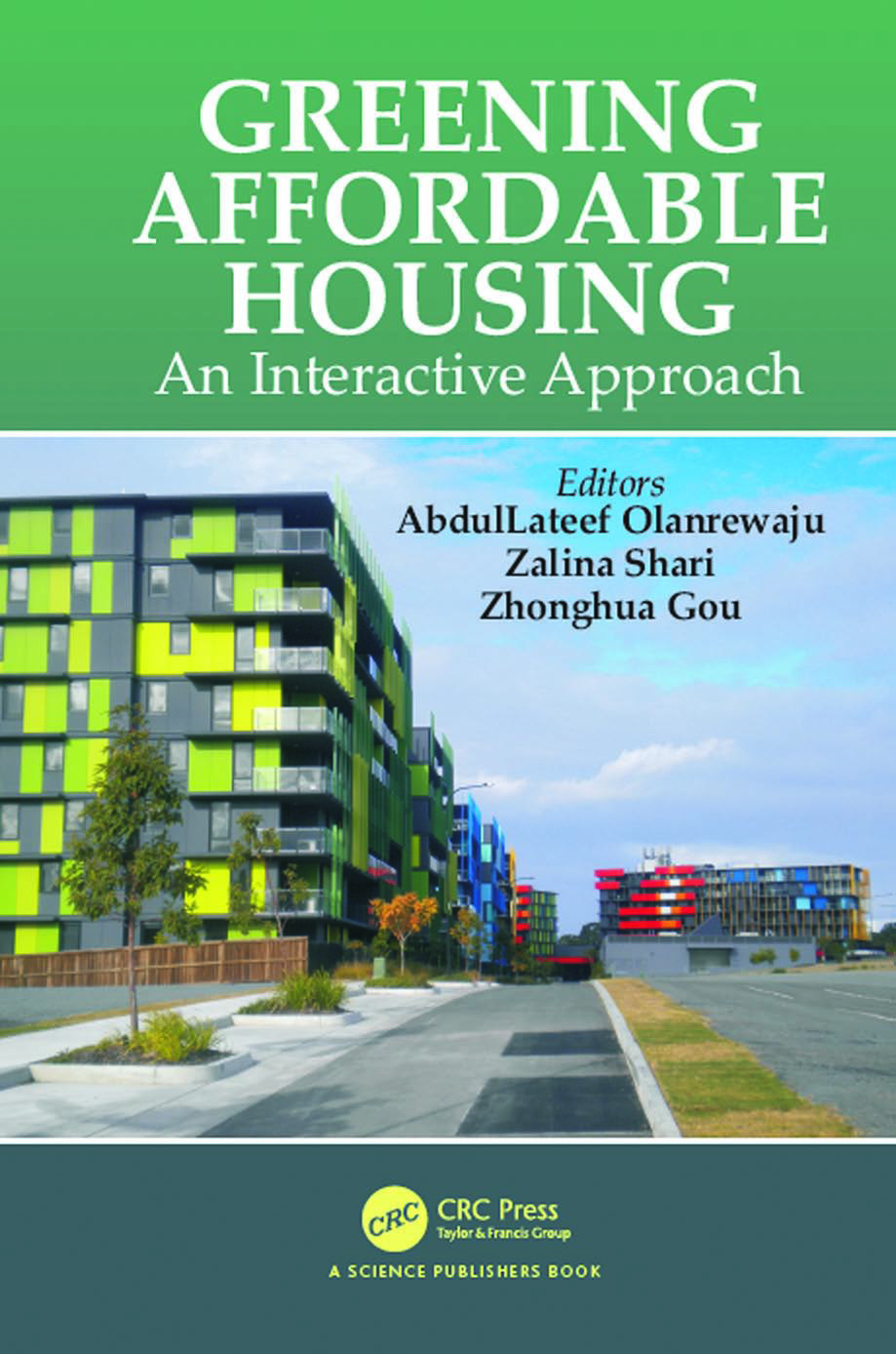Valuing Social and Affordable Housing
Affordable housing is the foundation of economic stability, physical and mental health, and social cohesion. Access to safe and secure housing is a basic human right and need, and the associated social inclusion is now broadly recognized as an integral element to ensuring a sustainable built environment.
By addressing emerging issues and closing the gaps between knowledge, assumptions and real world experience, the chapter from "Greening Affordable Housing", which we’ve excerpted here, will enable architects, developers, public policy makers, and all actors involved in designing, building, and operating affordable housing, to make better, more thoughtful, and more impactful decisions.
The Need for Housing Supply & Different ROI Approach
⎆ In Canada social housing sector comprises about 4–5% of the total housing sector
⎆ In UK this sector represents 19% of the overall housing sector
⎆ In US there are 1.2 million households living in public housing units
⎆ In Netherlands social housing organizations provide 2.4 million houses for 4 million people
⎆ In France 17.3% of the French population are tenants of social housing units
⎆ In Australia around 500,000 households are living in social housing
Given current fiscal limitations on governments in many countries around the world, it is unlikely that significant new funds will become available to address the considerable waiting lists for social housing. Thus, understanding and articulating the broader investment benefits is essential to potentially attract funds from social, private and institutional investors.
Achieving an economically, socially and environmentally sustainable framework for the provision of social and affordable housing is vital for three key reasons:
⎆ Housing is a basic human right with far-reaching impacts on individual and national wellbeing
⎆ Important links are emerging between housing and productivity characteristics
⎆ Access to safe and secure housing contributes to an equitable society
Current methods for determining the return on investment (ROI) of social and affordable housing do not effectively capture all outcomes and benefits. Therefore, the Composite Return On Investment (CROI) approach, designed to build an evidence base to support greater investment, from the public, private and not for profit sector has been developed.
Four Elements of Composite Return on Investment Approach (CROI):
These elements are proposed to provide evidence to support greater investment by public agencies in social housing, and new investment by not for profits or public and private sector partnerships.
⎆ Social Return on Investment
⎆ Wellbeing Valuation
⎆ Narratives
⎆ Value of Equity
Social Return on Investment (SROI): This method allows social, environmental and other non-economic benefits and costs to be articulated in financial terms. These values can then be compared to the investment made, and the cost-effectiveness of the project can be determined. A social return on investment can then be identified. It's a financial representation of the value added.
Wellbeing Valuation: The method was developed in response to the perceived lack of appropriate tools for quantifying social value on a large scale. The approach estimates the impact of a good or service on people’s subjective wellbeing, and then uses these estimates to calculate the exact amount of money that would produce the equivalent impact.
Narratives: The intent of this element is to determine and account for the impact on a person’s life of having access to safe and secure housing through narrative and story-telling. It is proposed that value be determined from qualitative narratives gathered through surveys, interviews and case studies, thus producing accessible rich narratives which can be readily communicated to investors.
Value of Equity: With housing outcomes increasingly seen as “a major reinforcer of wealth and income inequalities in some advanced economies”, this element draws together key findings from several different fields to indicate the need to establish a comprehensive understanding of the return on investment of safe and secure housing.
Conclusion
This book was written in response to the emerging need to address green building and housing affordability in an integrated approach.
It examines how to better capture the broader impacts of having safe and secure housing so that government agencies, NFP providers and the private sector can better justify investment. When considering the value of improving access to social and affordable housing through the lens of productivity, return on investment can be examined from several perspectives, from that: of the individual; of the broader economy through macro-economic returns; of fiscal returns and savings to government; and non-financial returns by way of social and environmental capital.
To learn more about Valuing Social and Affordable Housing, feel free to check the CRC Press Book: "Greening Affordable Housing"
Additional Product Details
⎆ Sustainable Management of Affordable Housing: Explore how Sustainable Housing Management increases affordable dwellings supply, and strengthens community dialogue
⎆ Sustainable Urban Design: Have access to innovative and cutting edge approach to sustainable planning/design and development of Green Built Environment
⎆ Energy Efficient Design Strategies: Learn more about Passive Design Strategies, considered to be the most cost-effective approach to Green Building
⎆ Innovation in Flexible Housing: Gain insights on multiple manufacturing stages and different characteristics of Affordable Prefab Housing
⎆ Sustainable Construction and Waste Management: Get guidance on different Waste Management Practices within Sustainable Construction Industry
Please feel free to explore our Exceptional Investment Opportunities within Affordable Housing Section

